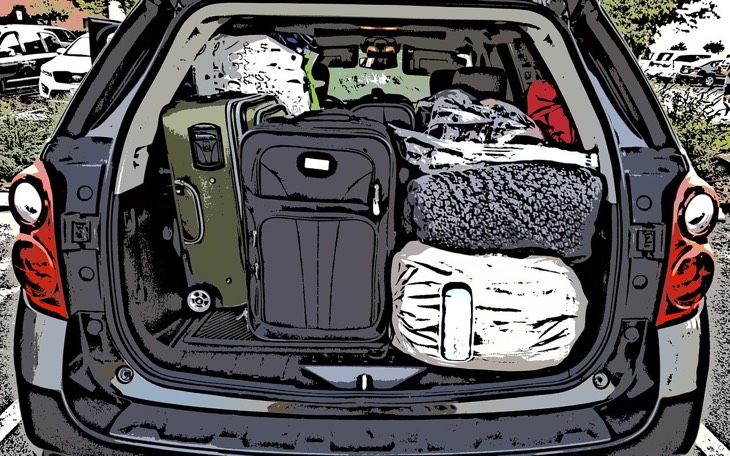We are fielding a ton of questions about bugging out right now — both if the person should do it, and how they should do it. Here’s a brief summary of how I’ve been responding.
If you have somewhere you can get to that is a meaningfully better place to isolate and ride out the storm than where you are now, and it’s not a big deal for you to leave / get there / stay there, then we recommend doing so. Especially if you’re at-risk for serious illness from COVID.
For example: If you live in an apartment without many supplies, but your sibling has a well-stocked single family home and it doesn’t make much of a difference to you where you spend the next few weeks (or months), you may as well go now.
Be thoughtful about joining up with people who are elderly or otherwise at-risk unless you’re certain you’re not infected — beer is the only case of corona you should be bringing to your hospitable grandma as a thank you for taking you in.
If you’re in a densely populated city and are wondering if you should bug out to someplace less dense, my answer has increasingly been: “yes, just do it if you can.”
My reasons for suggesting that people leave the city for the country are:
- Less population density means fewer people infected and better odds of not catching it on a grocery or gas run.
- This is the kind of situation where things can get crazier in the city than in the country, since larger groups of people can hit that scary tipping point into violence quicker than smaller groups. Consider those suffering from drug addictions, for example, who will no longer have access to public health services and who may grow desperate without the support they need. Or, are you certain that police departments are going to still respond to any and all calls if the cops are afraid of getting sick and don’t have personal protection equipment (PPE)?
- Per the studies I’ve read, hospital beds in urban areas normally run at about 65 percent utilization, while hospitals in rural areas are at about 42 percent. So your odds of getting a ventilator if you need one will probably be better in a sparser area.
- The larger cities are more likely to end up with some kind of state-enforced quarantine line around them, so that you’re trapped there for some period of time. So to maximize your odds of having freedom to change locations if you need to, just get out before it gets bad.
As for how to do it, here is my best advice based on multiple private conversations and brainstorming sessions with people who have been quietly bugging out to the country the past two weeks..
- Try to route around large cities with international airports, because those are more likely to have higher case counts.
- When stopping for the night, don’t stay at the hotels right off the interstate. Instead, try to schedule an Airbnb in some small town along the way.
- Put on your PPE when going into a convenience store. Nobody there knows you or will ever see you again, so who cares if they think you’re a weirdo.
- Disinfect the gas pump handle and credit card PIN pad before touching them!
- Bring things that will let you minimize your need to go into gas stations and convenience stores. That means plenty of snacks and water for the road, along with toilet paper and wipes so that you can pull off somewhere and eliminate out in nature (vs. using a public toilet).
Finally, be sure to take measures not to spread anything you may have in any community you bug out to. Wear a mask in order to protect others from yourself, disinfect anything you touch, and prepare to self-quarantine for at least two weeks when you arrive so that you don’t expose the local community to anything.
If you have anything to add to my advice here, please put it in a comment. I’d love to update this with helpful new insights from readers.
Update: Thanks to commenter CedarBloom for the reminder about not transporting COVID-19 into the place you’re bugging out to.


You are reporting the comment """ by on